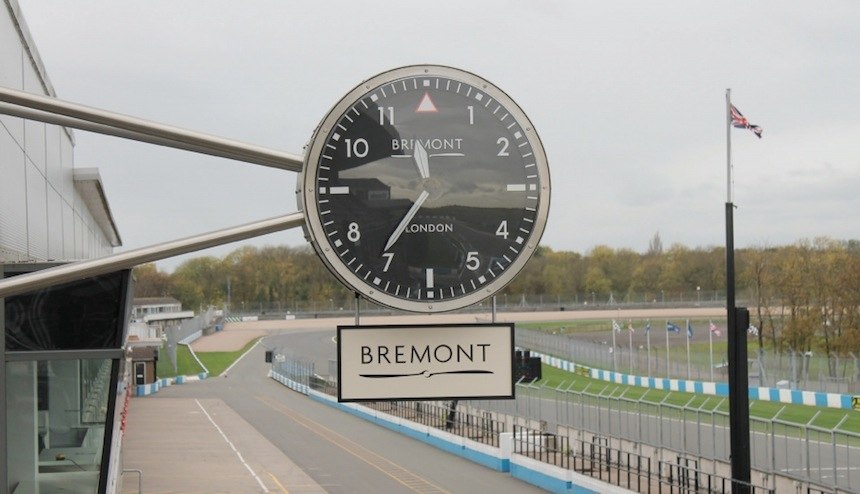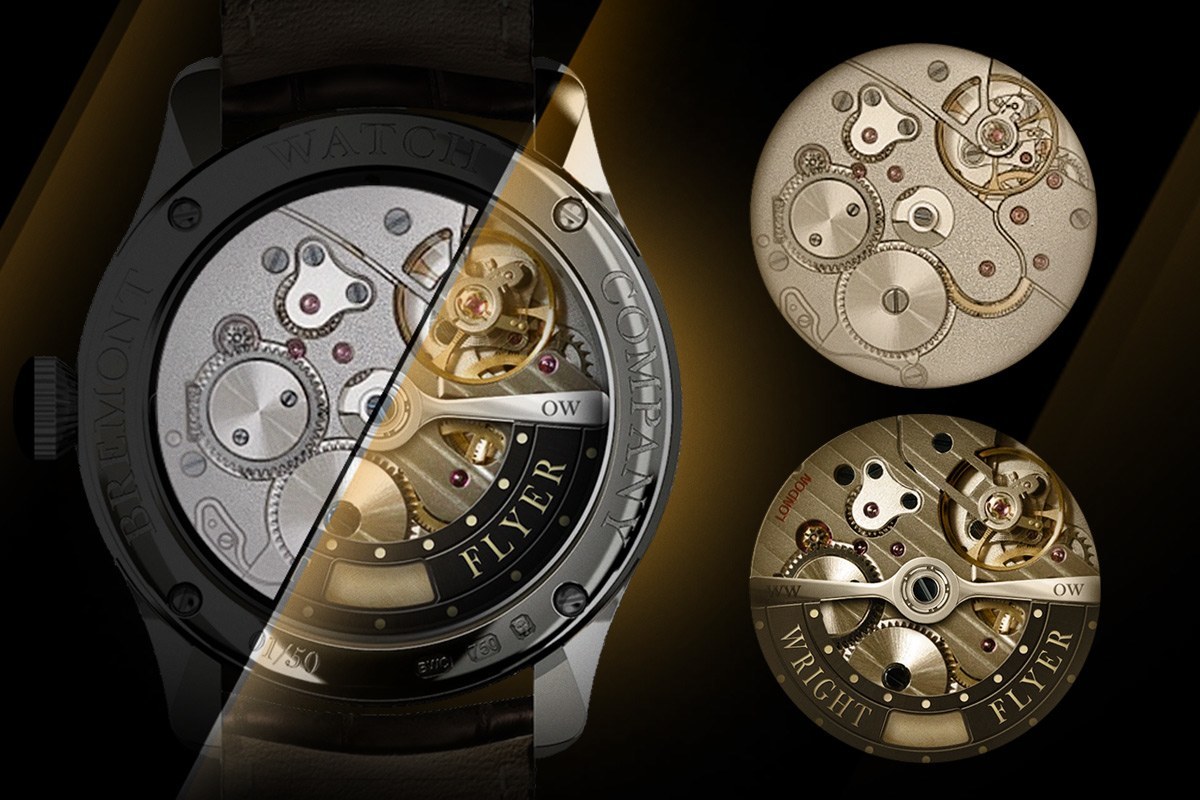
We watch enthusiasts are generally a pretty solid and reasonable bunch, but we aren’t perfect. Aside from the general oddity that stems from being as passionate as we are about mechanical timekeeping, this passion sometimes gets the better of us. Occasionally, we go straight for the kill if we feel that our sensitivities have been tickled the wrong way. This type of behavior (for the sake of simplicity, let’s just call it drama) is by no means limited to this sphere of the collector world, but it does seem really intense at times, with all of the passionate forum conversations and commentary about horology. Whether it is quartz vs. digital, smart vs. analog, a polarizing new design, or the misuse of subjective terminology, things can get heated quickly, and truths are often lost. After all, there are three sides to every story…
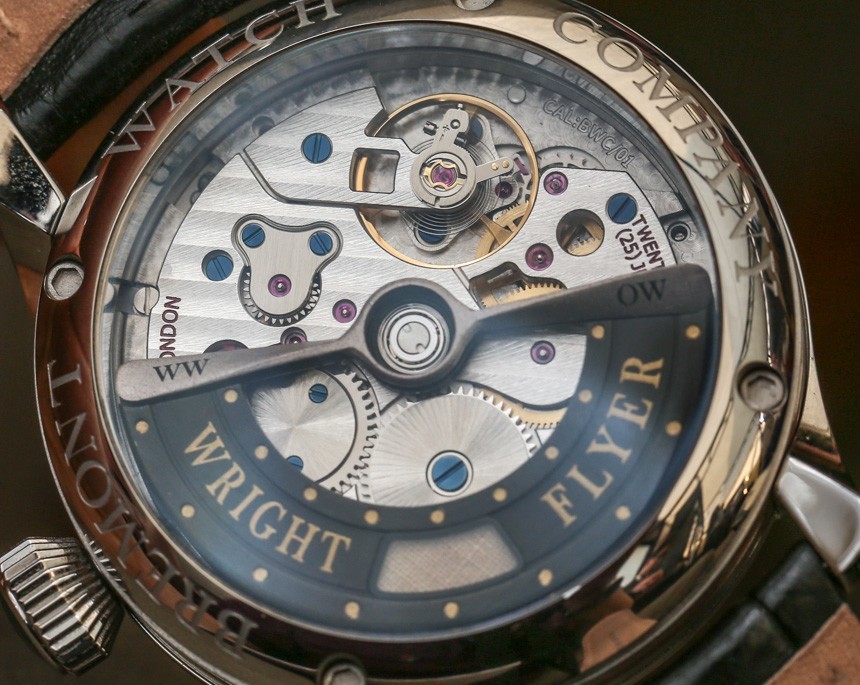
A recent brouhaha involving Bremont Watch Company has thrown this opinionated side of the collecting hobby into stark relief. Ultimately, we strive to be informed consumers, and we deserve honest information and respect from the brands that we patronize. The recent issue with Bremont rubbed a lot of people the wrong way, as it made us question whether we were being told the truth. Maybe you were one of those people. In many ways, a certain amount of skepticism is healthy, but after watching from the sidelines for some time, it seems to me that so much dust has been kicked up that the issue has become clouded, and I get the sense that some people are unable to see the forest for the trees. The laser-like focus that we are prone to have as obsessive enthusiasts does not serve us well when considering larger, more complex issues. With that in mind, let’s take a step back for a moment, and take another look at Bremont Watch Company.
How They Started – The Idea Behind Bremont
Bremont Watch Company was founded in Henley-On-Thames, Great Britain in 2002 by Nick and Giles English, brothers with a sincere love of modern engineering and vintage aviation, as well as a perfectly appropriate last name. The name Bremont – French in origin – comes from the familial name of a farmer who sheltered the brothers and their 1930s biplane after an emergency landing on his property in the late 1990s (it turned out that the elderly Mr. Bremont had been a wartime pilot) Thankful for his hospitality and kinship, the brothers named their startup watch company in his honor.
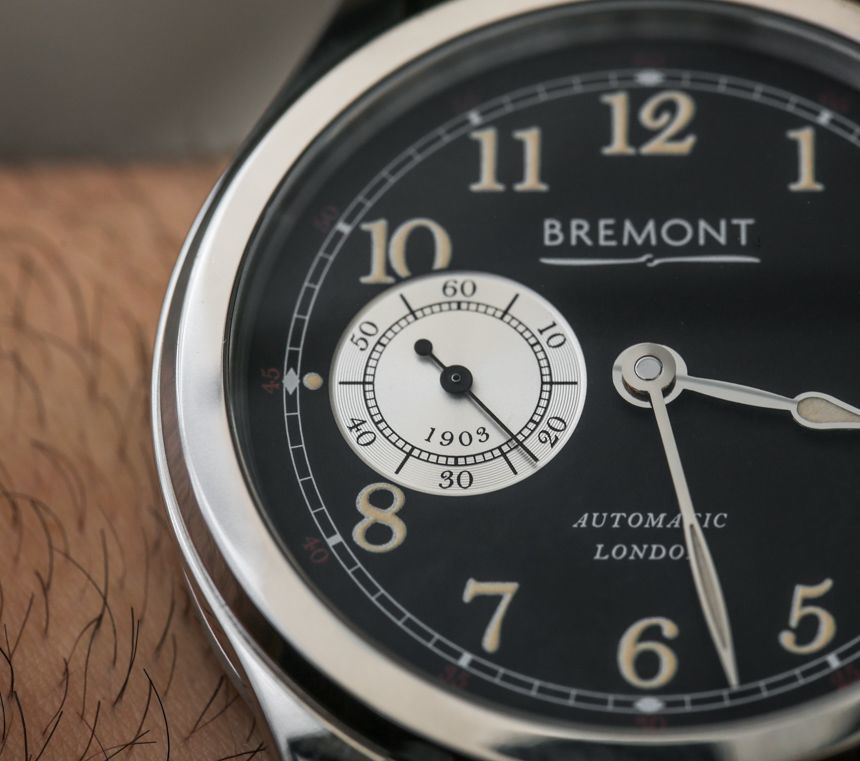
Much of the inspiration for their endeavor came from their late father, of whom Mr. Bremont also reminded them. A lover of all things mechanical, their father spent his free time tinkering with old clocks, cars, boats, and planes, a pastime that strongly influenced the brothers’ appreciation and aptitude for mechanical devices. Also a pilot, he was tragically killed in a crash during practice for an airshow, an accident that also seriously injured Nick. Seven years later, both Nick and Giles left their careers in finance to pursue the formation of Bremont in his memory.
Along with evocative terminology like “heritage,” “innovative,” and “superlative,” “passion” is often used to describe a brand’s commitment to producing high-end modern timepieces with an emotional, almost personal touch. In many cases, this term is applied purely as a marketing ploy, not a sincere declaration of the values inherent in their charter.
This is a big part of why I am an unabashed vintage watch snob. My love for old watches started as an interest, blossomed into a hobby, spiraled into an obsession, and finally came full circle as a career. When I buy a vintage timepiece, I do it out of passion; marketing doesn’t even factor in. Of the many reasons I love vintage horology, one of the most pleasant is the total lack of spin, which is prevalent in the new timepiece industry and difficult to see through at times. That said, selecting Bremont for my collection was easy, as they impressed me so greatly with the obvious and genuine passion that drives them. In fact, my 2009 Bremont Norton is the only contemporary piece in my collection.
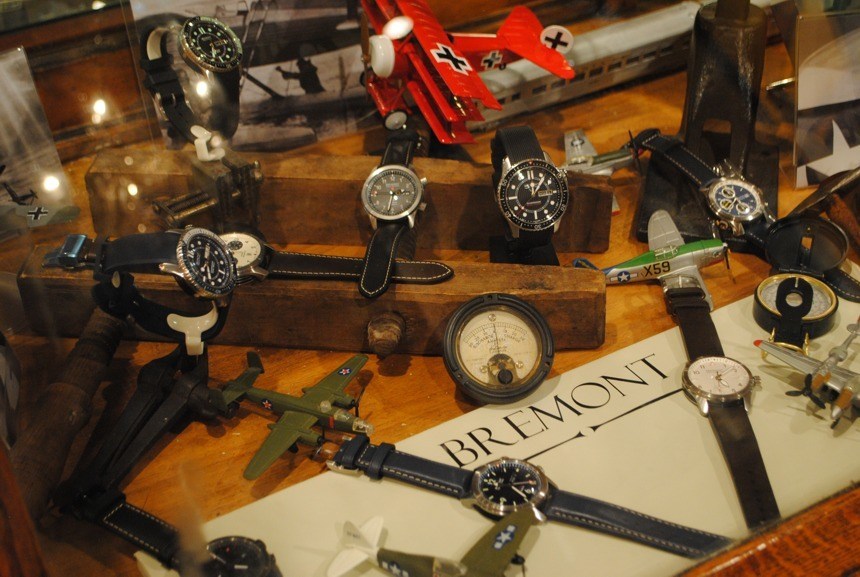
Building A Brand With The Right Architecture
In 2007, Bremont launched their first collection, after a full five years of research and development. Whichever way you look at it, that’s just plain impressive. That anyone would take that amount of time to hone their skills and develop their product is worthy of note, and speaks to the level of commitment the English brothers had in their project. Keep in mind that this process started in 2002, before Kickstarter, rapid prototyping, and lightning-quick Chinese manufacture were commonplace.
Nick and Giles obtained expert tutelage from engineers and watchmakers from England, Switzerland, and abroad to develop and help realize their vision of a timepiece collection using high-end components and a unique design. With production initially starting with their atelier in Switzerland, they structured their brand from the early days to move toward assembly, and eventually, manufacture in the United Kingdom.
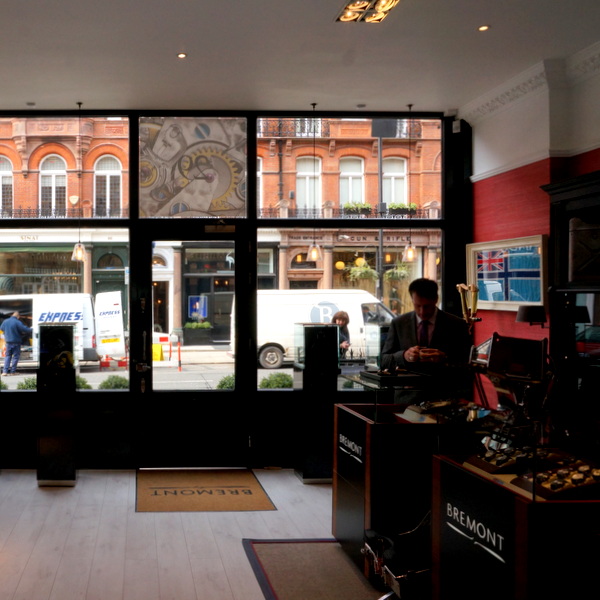
Unlike the vast majority of start up watch brands, Nick and Giles decided from the beginning to avoid contract cases and create a signature design that would be used across their line. The end result was the Trip-Tick. A play on the word “triptych”, the three-piece, hardened steel case is all but defined by its graceful, almost poetic lugs, which flow effortlessly into a contrasting middle barrel and finally the caseback. At once beautiful and practical, the Trip-Tick has become Bremont’s calling card.
Additionally, Bremont’s distinctive aviation-inspired design language has been present in their core collection of timepieces since launching and has stayed true to their original concept. Each piece, from the MB (Martin Baker) series of pilot’s watches, to the Supermarine diver and ALT1 chronographs are unmistakably Bremont. In a market full of so-called “pilot’s watches,” Bremont has managed the neat trick of being evocative of the genre and yet wholly original in their execution.
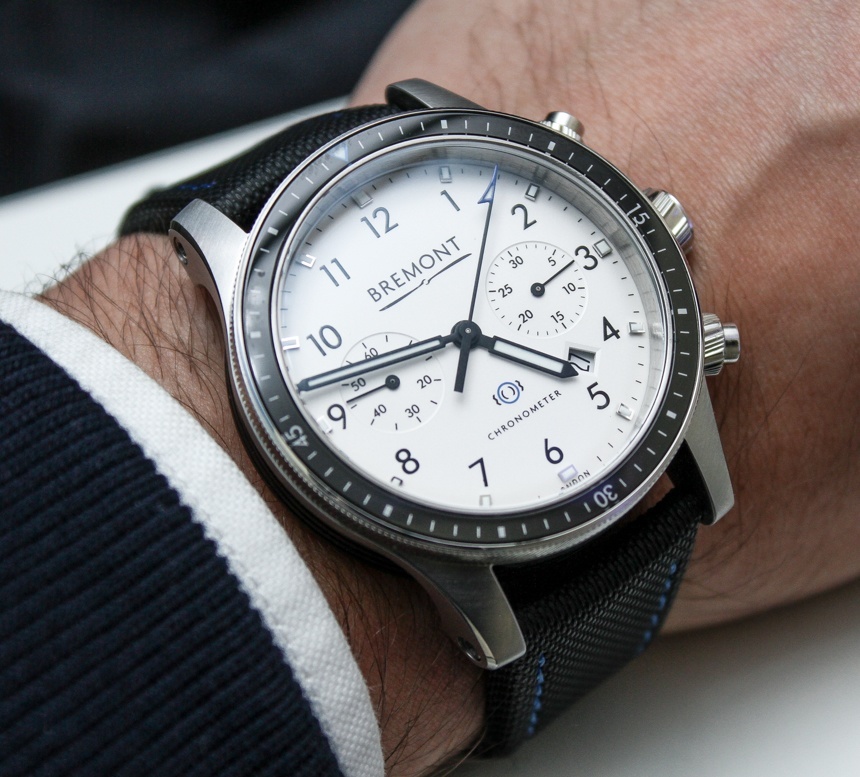
Pricing has also been an important element in Bremont’s strategy. While the concept and scale of “affordability” is at best a sliding metric, Nick and Giles were adamant from the start that their core range remain attainable and consistently priced competitively to their market segment ($4000- $7500 on most pieces). This makes them an attractive alternative to other options from other name brand competitors who have played the “luxury card” in an attempt to justify increased price points. While many independent brands have fallen victim to poorly thought out pricing strategy, Bremont’s five year development period and thoughtful planning is clearly evidenced here as well, with strong values on the secondary market proving their strategy a success.
Beyond Bremont
The first thing you need to know about Nick English is that he’s a watch guy, something that’s not always a given in an industry populated with executives who sell Hermes scarves one day and Louis Vuitton handbags the next. Nick sells watches. Period. But more than that, he loves watches. ALL watches. To wit, a lot of “Nick” stories center not around Bremont watches, but other brand’s watches. Adam Craniotes, former Timezone moderator and founder of Red Bar Group, recalls the first time he met Nick almost 8 years ago.
“It was at a small dinner that Timezone had arranged to introduce Bremont to the US marketplace. At the time, Bremont was still very small, so rather than a full court press with a communications manager, regional brand director, etc., it was just Nick and a suitcase full of watches. Earlier that same day, I had taken delivery of a Rolex Deepsea, which had only just been released. As such, it was still a conversation piece of sorts, and Nick was practically bubbling with excitement at the prospect of getting it off my wrist and putting it on his. I mean, here’s a guy who’s in town to sell me on his brand, and yet he’s sitting three seats over wearing another brand’s watch and loving it. To this day, that still defines Nick to me.”
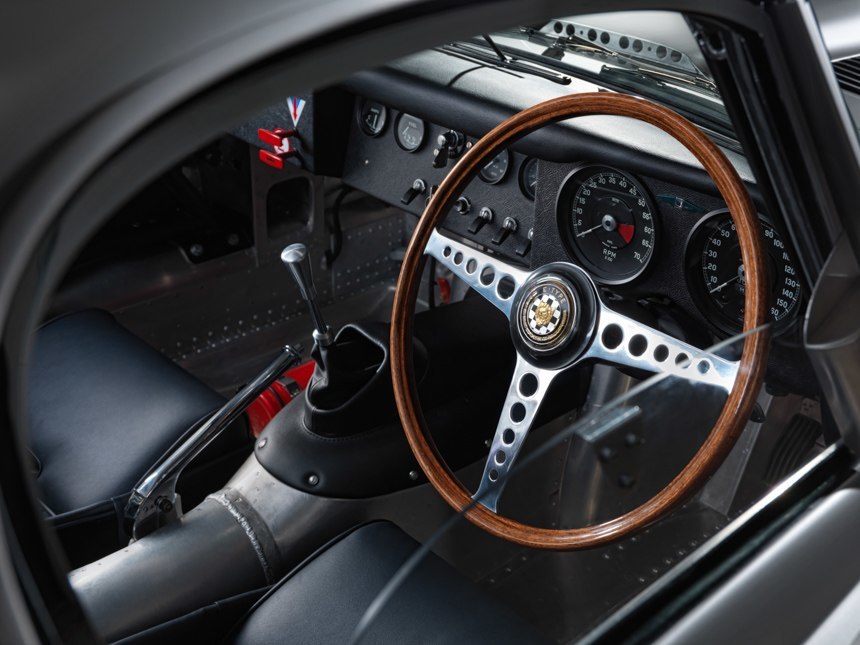
Since 2008, Nick and Giles have taken Bremont beyond their core collection, partnering with like-minded brands, charities and foundations to offer limited edition models that reflect the interests that the brothers have beyond their own watches. These limited-run pieces, which include the EP120, Norton, Victory, Codebreaker, P-51, Wright Flyer, Kingsman, and Jaguar editions stand alone and have all been eagerly snatched up by collectors. In the case of the Codebreaker, Victory, and Wright Flyer, a large percentage of proceeds have gone to charitable foundations, supporting the restoration of Hut 9 at Bletchley Park, halt the deterioration of the Royal Navy’s aging Flagship, and provide a monetary infusion to the Wright Foundation respectively.
Of course, no good deed goes unpunished, and in spite of the success of these projects and the funds that they raised, there are those who criticize Bremont’s limited edition pieces, dubbing them “frivolous and expensive novelties” that have somehow betrayed the brand’s core values. In my opinion, that’s just plain backwards. Would these same critics take Rolex to the mat for short-run specialty such as the Deepsea D-Blue and in turn write off the rest of their collection? No, no they wouldn’t.
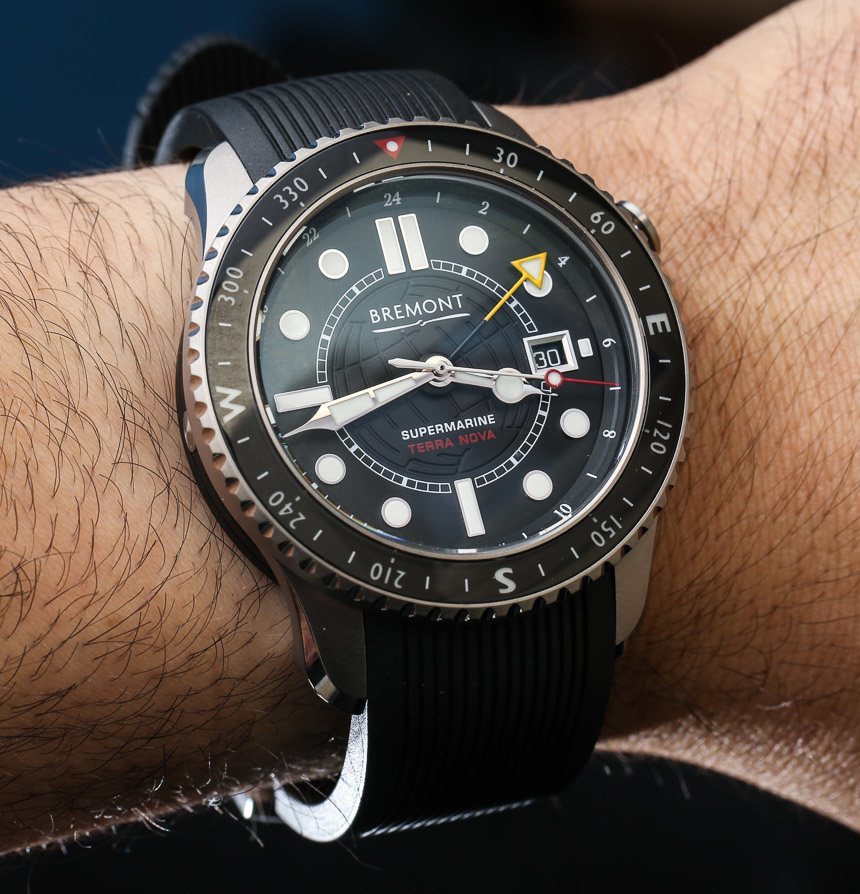
On the other hand, there exists a collection of limited run Bremont timepieces that isn’t criticized whatsoever, in part, because few even know they have been made. I am referring to special limited runs that Bremont makes available only to military pilots. Customized with squadron designations, many fighter and bomber pilots wear these exclusive Bremont watches with pride.
Much as anyone should, these pilots have selected Bremont purely for the quality of their timepieces and their obvious and authentic connection to aviation. Nick and Giles’ commitment to engineering the best timepieces they can is perhaps best illustrated by this point: Unlike other brands that would jump at the chance to market “militarized” versions of their timepieces to civilian consumers, Bremont does so discreetly and professionally. They aren’t in it for the fanfare, they are in it for their commitment to providing outstanding timepieces for serious military use.
Of course, maybe they ought to play it up little… after all, nothing beats the stamp of approval from a fighter pilot who has punched out at 400 miles per hour while wearing one!
“Bremont-gate” & The Future
So what of this brouhaha I mentioned earlier?
Somewhat ironically, the movement at the heart of all this drama perfectly demonstrates the positive strides that Bremont is taking towards becoming a true manufacture. A manufacture in Great Britain, at that – something that hasn’t existed in Her Majesty’s kingdom for the better part of a century. While the accuracy of the wording in the press release announcing the Wright Flyer and its proprietary BWC/01 movement can be debated, what cannot is that it heralds a new era for Bremont and moves them one step closer to their stated goal of bringing all their production under one roof. For the record, I won’t defend their decision to refer to the BWC/01 as in-house calibre, but to use it as an excuse to dismiss all that they have achieved is shortsighted at best.
Nick, Giles, and the team at Bremont have decided not to dwell on this recent kerfuffle either. As Nick said to me in a recent interview, “We make mistakes every day, and we learn from them.” To anyone who has met with them on this issue, it is beyond clear that they have taken their lumps, made their apologies, learned from the situation, and moved on toward their end goal.

Let me stop here for a moment and remind you that Bremont is an independently owned brand. They are not an internet-based startup, nor are they part of a large industry conglomerate. They are producing watches in serious volume at a level unparalleled by any other independent and are less than a decade old. They have a real footprint, with production facilities and brand boutiques (their first North American boutique is opening in New York City in April of 2015), and aren’t being funded or supported with the billions of dollars and resources available to nearly every other significant brand in their segment. Furthermore, they are telling their own story, without any heritage or history (manufactured or otherwise). This is an uphill battle, a tremendous undertaking, and in my opinion, Bremont is squarely on the path.
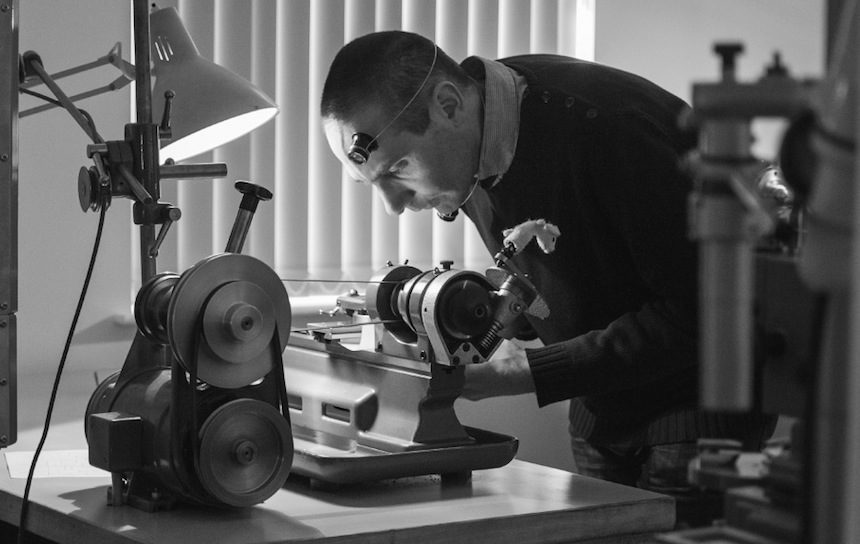
Three years ago, Bremont opened state-of-the-art facilities in Henley-On-Thames, and later this year, they will be announcing the opening of another brand new, high tech facility, continuing the process of bringing more of the production under their own roof. For the past year, fabrication of their Trip-Tick cases has been performed solely in England. All final assembly is now done completely in England. Certain components of their customized Swiss movements are now also being made in England. In the case of the hotly discussed BWC/01 movement, a partnered project with La Joux Perret, portions of the movement, including bridges and rotors, were made in Bremont workshops. And there is more on the way.
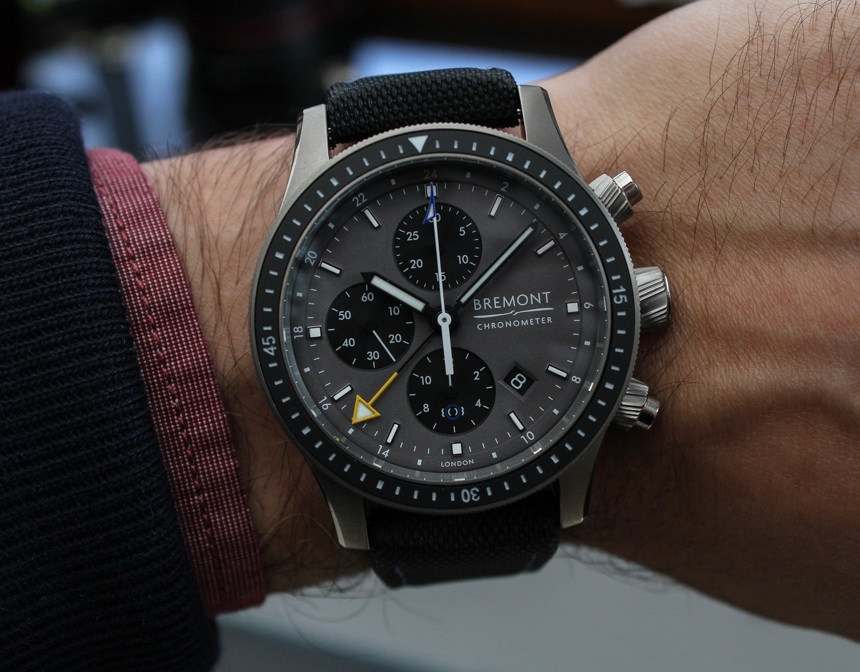
To me, the biggest take away from my deep-dive into the goings-on at Bremont isn’t what Bremont has achieved technologically, but rather their commitment to bringing real mechanical watchmaking back to the UK. No other contemporary watch brand at their level is doing this in England, or arguably, anywhere else. Their successes bode well for the industry at large, and fan the flames of a larger resurgence of contemporary mechanical watchmaking outside the framework of a conglomerate entity. In other words, their work is innovation at its purest form.
To that end, if you’re looking to support modern independent watchmaking at a level that makes a difference, you’d do well to look at Bremont. Take it from a guy who only collects vintage and owns exactly ONE modern timepiece: Bremont is a contemporary brand worth throwing your support behind. bremont.com

